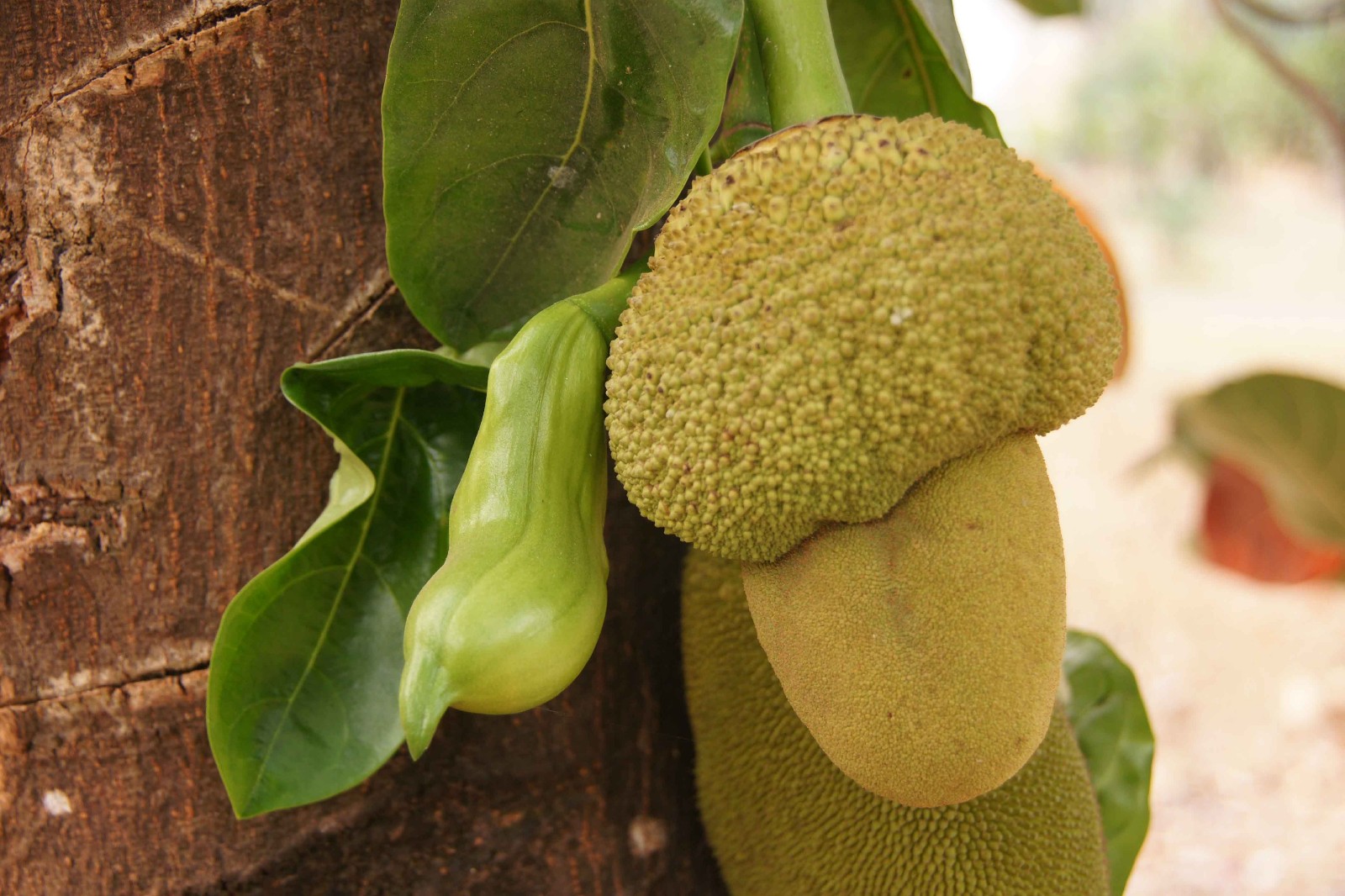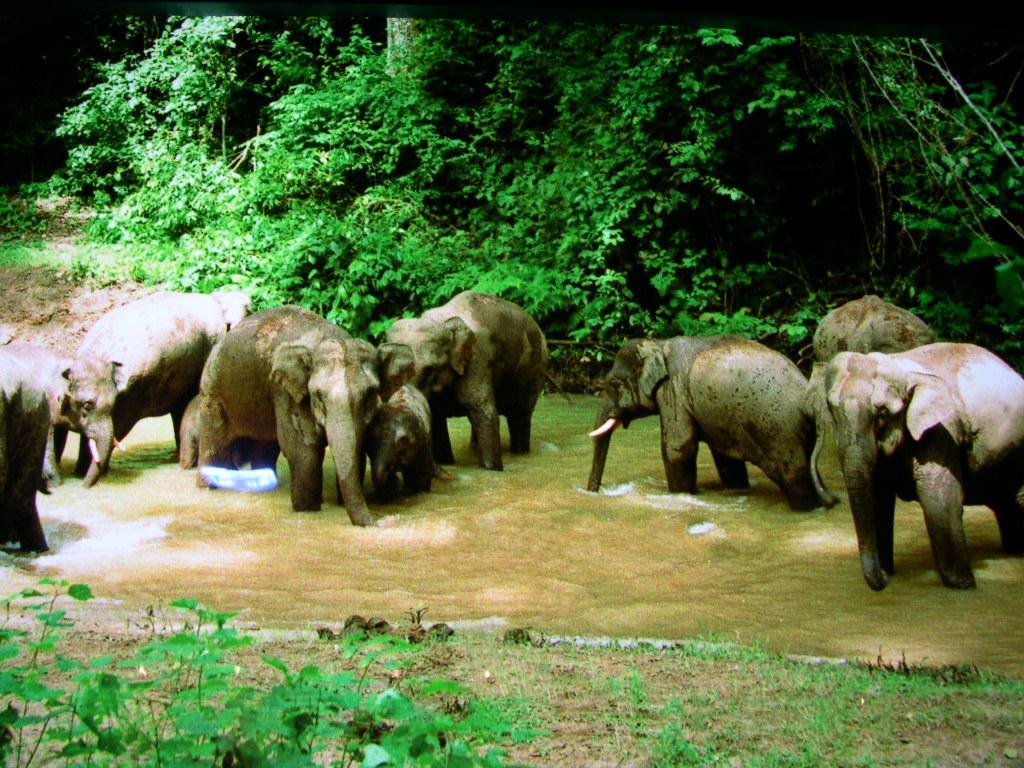
Xishuangbanna National Nature Reserve
Xishuangbanna National Nature Reserve lies in the counties of Jinghong, Mengla and Menghai, south of Yunnan Province. The Reserve covers a total area of 241,000 hectares, among it natural forest covers an area of 197,800 hectares and accounts for 81.8% of the total. Established in 1958, Xishuangbanna National Nature Reserve was accepted by UNESCO as a member of the International Man and Biosphere Reserve Network in 1993. Its main targets for protection are the tropical forest ecosystem, including marvelous virgin forests, tropical rain forest and monsoon rain forest as well as precious flora and fauna.

Climate
The climate of Xishaungbanna is tropical monsoon damp climate. It lies in the northern part of the tropical zone and south of Hengduan Mountains. It is higher in the northwest and lower in the southeast and surrounded by continuous mountains. Because the surrounding of mountains and plateaus with an elevation of over 1,000 meters, it is not easy for cold air from the north to flow in; however, at the same time, it is helpful for tropical moisture from oceans to enter the region. Owing to its topography, Xishuangbanna has both maritime and continental climatic features, and is extremely rich in both thermal and hydrological resources. The annual average temperature is over 21¡æ and it yearly precipitation averages 1,000-2,000 millimeters. A year here is divided into two seasons namely dry and moist.

Physical Features
The Reserve has continuous hills, broad basins surrounded by hills, crisscrossed rivers and evergreen scenery. The Reserve is traversed by the Lancang River water system.
Plants
Xishuangbanna lies at the northern limit of the tropical rain forests of Southeast Asia. There are two vegetation types of valley and hill rain forests. The abundant flora comprises more than 5,000 species of higher and seed plants, which accounts for 12% of the total in China. And among them, there are 58 species of rare and endangered plants under the state protection, accounting for 15% of the total. Plants of different geological ages and species blend to form wonderful plant communities peculiar to Xishuangbanna. Giant lianas also meander through the forest and epiphytic orchids cling to tree trunks bursting in a cascade of delicate, transparent flowers. The plants here are vertically distributed and occupy their respective spaces. Here grow ancient tropical plants such as Chinese parashoreas (Parashorea chinensis) and sogo Cycas which have been bypassed in the evolutionary process. In addition, there are over 800 species of medicinal plants and other plants with special use. Xishuangbanna, with its luxuriant forests and varied plant-life, occupy a unique place in China's biota.
Animals
Here is also a safe, congenial habitat with ample food resources for a myriad of animals. The Reserve boasts 539 species of terrestrial vertebrate which accounts for 25% of the total in China, 429 species of birds, 36% of the total, 47 species of amphibians, 68 species of reptiles and 100 species of fish, 40% of the total as well. Among them, the Asiatic elephant (Elephas maximus), Indo-Chinese tiger (Panthera tigris), gaur (Bos frontalis), white-cheeked gibbon (Hylobates concolor leucogenys), binturong (Arctictic binturong), chevrotain (Tragulus javanicus), brown-headed hornbill (Aceros nipalensis), peacock pheasant (Polypleotron bicalcaratum) and green peafowl (Paro muticus) are listed with top rank protection importance in China and some of them are even classified as world protection species.
Admission Fee:¥0

You will only receive emails that you permitted upon submission and your email address will never be shared with any third parties without your express permission.
